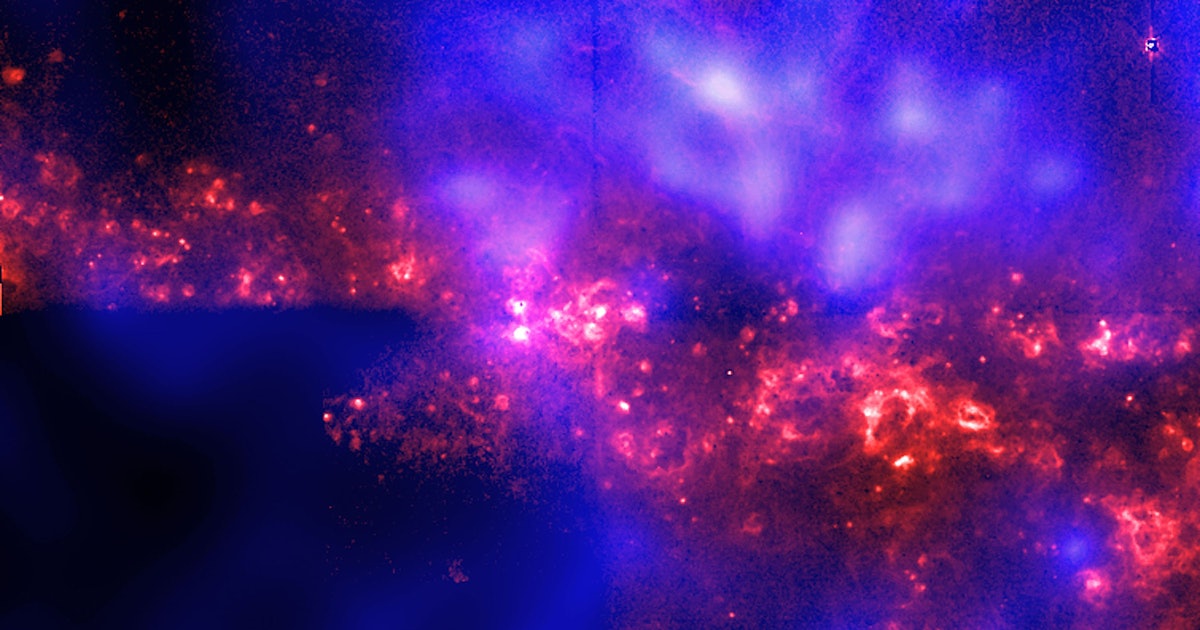
But today, space telescopes are able to capture images of objects located millions of light years away.
Then using coordinates of the target object, astronomers will point the telescope in its direction.After the telescope is properly aimed in the right direction, light falls into the telescope and onto the camera.“The light falls on the camera, and if the light is redder, then it has more energy,” McDowell says.“And you take separate red, green and blue images and then put them together to make a color image.”.
Rather than use a traditional camera for this, Hubble records incoming photons of light through a charge-coupled device (CCD).Hubble will then take images of the same object through different filters, which will be combined together to create one comprehensive image.
“You have to apply where was the spacecraft pointing, what is the scale of the spacecraft, what corrections do you have to make to the data sensitivity depending on perhaps today the camera is point one degrees cooler than it was yesterday.”